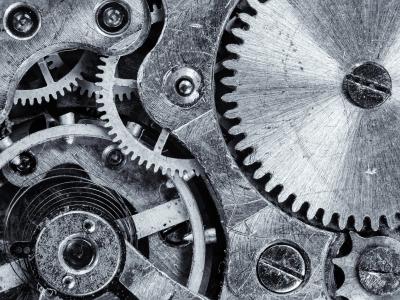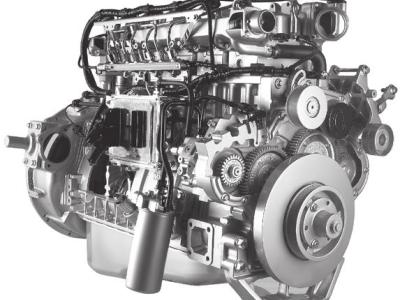Precise Displacement Estimation from Time-differenced Carrier Phase to Improve PDR Performance

- Citation Author(s):
- Submitted by:
- Xianlu Tao
- Last updated:
- DOI:
- 10.21227/bqq8-jb69
- Data Format:
- Research Article Link:
 275 views
275 views
- Categories:
- Keywords:
Abstract
Because of the demand for seamless indoor and outdoor positioning of mass market applications, several simple and efficient pedestrian dead reckoning (PDR) systems have been introduced. However, the performance of PDR system would significantly decrease with the increase of recursion time, due to the influence of sensors and model error. This paper discusses the overview of pedestrian navigation system and the implementation of key techniques of PDR, then proposes an improved PDR system with precise displacement estimation based on time-differenced carrier phase (TDCP) technique. Using the derived position change and heading from TDCP as updating information, the bias of stride and heading of modeled PDR system will be estimated through a sliding window. The field test results demonstrate that the errors of gyroscope heading and compass heading show different characteristics, and there is a linearly increased error of gyroscope heading. The max errors of accumulated displacement of TDCP is about 5.32 m, and using pure PDR after trained by TDCP, the max error values of short-term and long-term navigation are approximately 5.97 and 14.88 m, respectively. From the point view of cumulative probability,for the probability of 80%, the horizontal errors of accumulated displacement of TDCP is only 3.78 m, and values of short-term and long-term navigation reach to 4.15 m and 11.78 m, respectively. These results indicate that the proposed algorithm is stable and practical to continuous pedestrian navigation during intermittent global navigation satellite system observation condition.
Instructions:
The dataset includes the Ublox receiver GNSS observations in binary format, and smartphone MEMS measurements in txt format. The Ublox data is stored as its standard format, and the organization of MEMS data can be obtianed from the first line of the txt data file.







